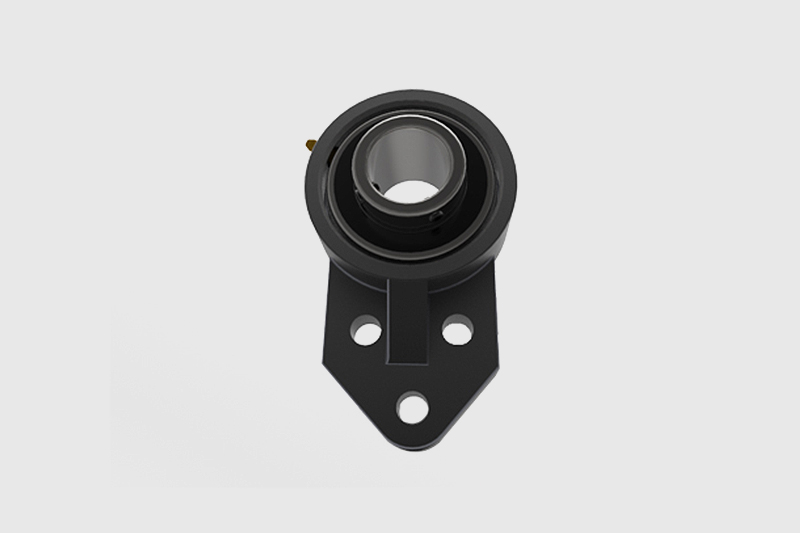Series 1600 Chrome Steel Deep Groove Ball Bearing
Product Overview The Series 1600 Deep Groove Ball ...
What Are Pillow Block Units?
A pillow block unit, often referred to as a bearing housing, is a mounted bearing designed to support a rotating shaft. The "pillow" in the name comes from the shape of the housing, which resembles a cushion or pillow that holds the bearing in place. These units are typically used in heavy-duty machinery, conveyors, fans, and various other industrial applications.
A typical pillow block unit consists of:
Bearing: This part supports the rotating shaft, reducing friction and wear.
Housing: The outer casing that holds the bearing in place and allows for mounting.
Lubrication: Most pillow blocks have provisions for grease or oil to lubricate the bearing and extend its life.
Pillow block bearings can be made from various materials, including cast iron, stainless steel, and plastic, depending on the requirements of the application.
Key Features of Pillow Block Units
Self-aligning: Many pillow block units are self-aligning, meaning they can accommodate slight misalignment of the shaft without affecting performance.
Versatility: Available in a wide range of sizes and designs, pillow blocks can be used in both light-duty and heavy-duty applications.
Ease of Maintenance: Pillow blocks are typically easy to install and maintain, making them an ideal choice for a variety of industrial operations.

How to Choose the Right Pillow Block Unit for Your Application
Selecting the right pillow block bearing is essential to ensure optimal performance, reduce downtime, and increase the lifespan of your machinery. Below are key considerations when choosing the perfect pillow block unit for your needs:
Load Capacity
Different applications will require pillow block units that can handle different load capacities. Consider both the radial and axial loads your machinery will experience. If the equipment will face high loads or shock loads, make sure to select a pillow block unit with a higher load-bearing capacity.
Speed Requirements
If your system requires high-speed operation, you'll need a pillow block bearing that can handle high RPMs. For high-speed applications, choose pillow blocks with high-quality bearings designed for minimal friction and heat generation.
Environmental Conditions
The environment in which the pillow block unit will be used plays a significant role in choosing the right one. If the unit will be exposed to moisture, dust, or chemicals, opt for pillow block units made from corrosion-resistant materials like stainless steel or units with seals to protect the bearing.
Alignment
Pillow block bearings are often self-aligning, but if precise alignment is crucial for your application, you may need a more rigid setup. If the shaft is prone to misalignment, select a bearing that can accommodate this while maintaining optimal performance.
Mounting Style
Pillow block units come in different mounting styles, including flange, base, and foot-mounted options. Ensure the mounting style is compatible with your equipment setup.
Lubrication
Proper lubrication is key to extending the life of the pillow block bearing. Some pillow blocks come with built-in grease fittings for easy maintenance, while others are sealed to retain lubrication longer. Depending on your maintenance schedule and operational environment, choose a unit that suits your lubrication needs.
Temperature Range
Ensure that the pillow block unit can withstand the operating temperatures of your machinery. Some bearings can handle extreme temperatures, while others are designed for more standard conditions. Be mindful of the material and seal options to ensure they can endure temperature fluctuations.